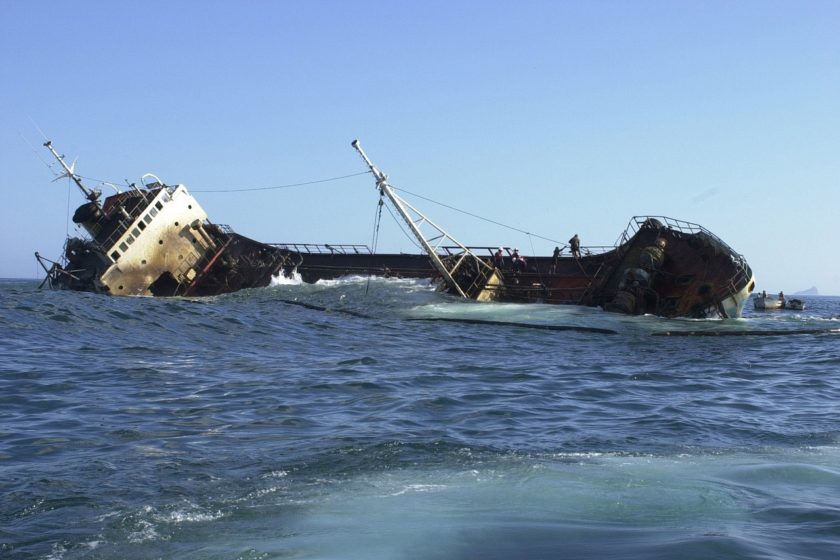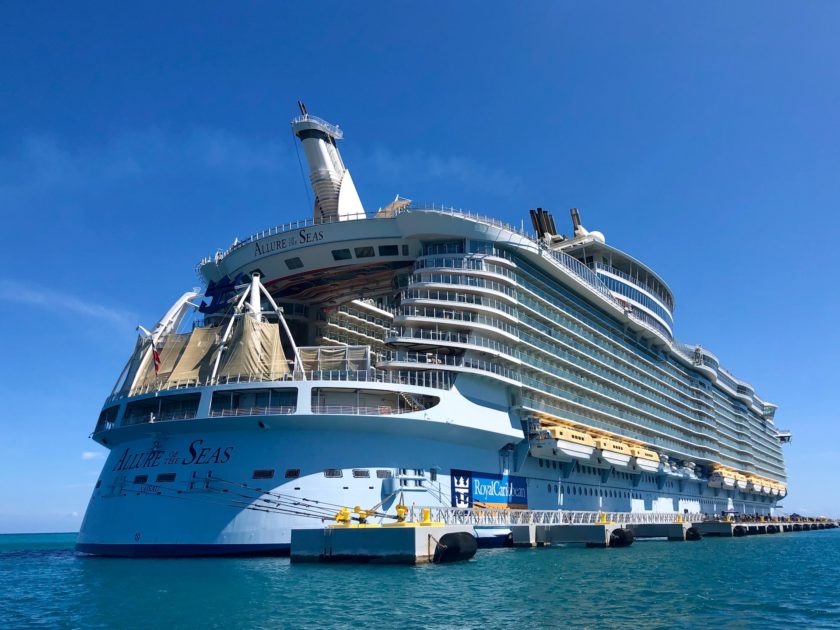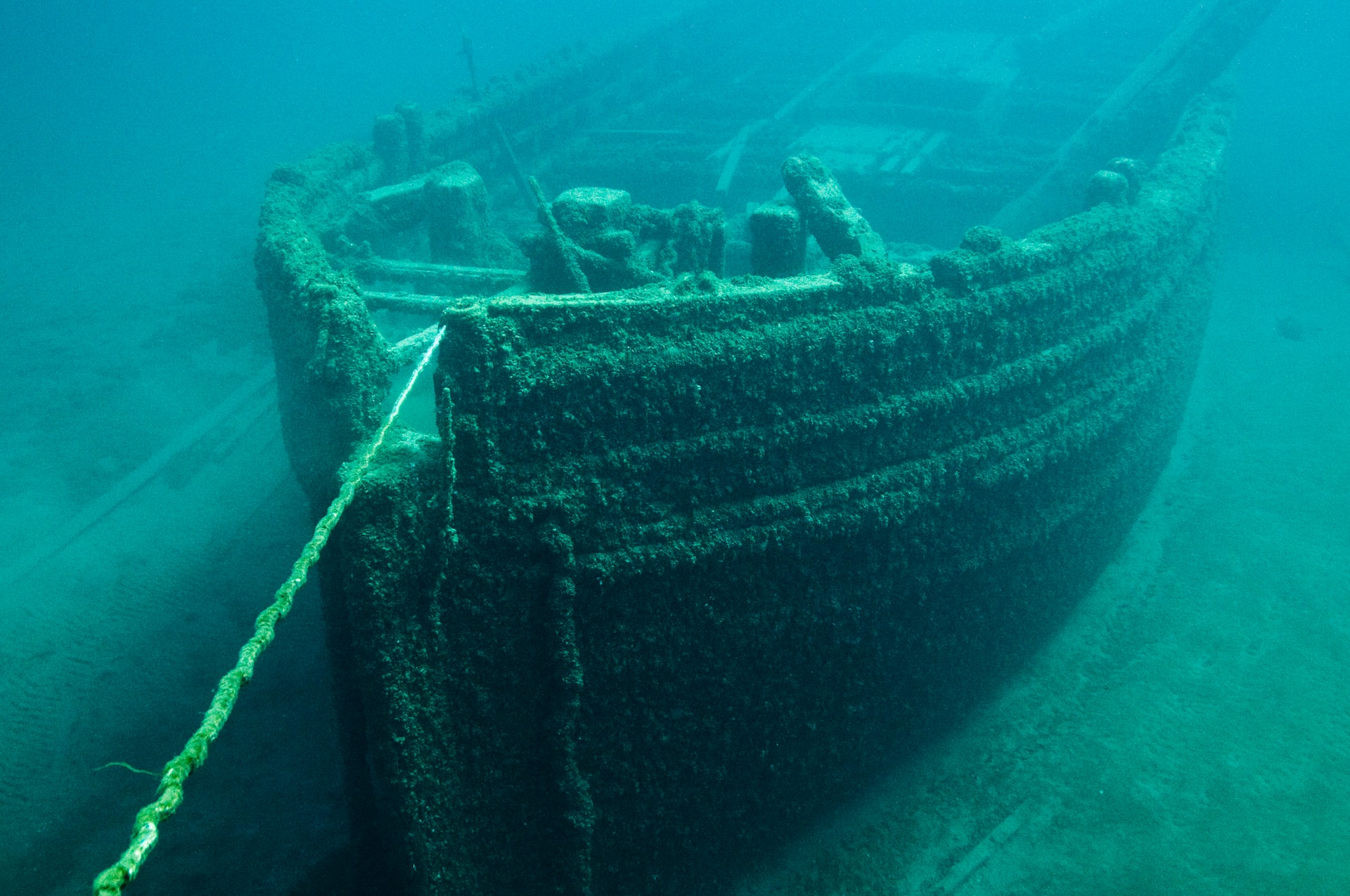Whether you’ve seen the Titanic, heard about the Costa Concordia, or are planning a cruise, one of the most commonly asked questions we all have is how frequently cruise ships sink.

To give you an idea, we have answered all your questions. So go ahead and roll down!!
How Often Do Cruise Ships Sink?
1)What are the chances that a cruise liner will sink?
The likelihood of a cruise ship sinking is exceedingly minimal. In the last 50 years, only 11 ocean cruise ships have sunk while on a voyage.
2)Are cruise ship collisions common?
Unfortunately, cruises do not come without risks. Accidents, robberies, injuries, and disease outbreaks happen far more frequently than most realize. Despite cruise industry safety processes and regulations, an average of 20 deaths are reported aboard cruise ships yearly.
3)Do cruise ships currently sink?
Sinking cruise ships are quite rare. This is owing to the cruise industry’s safety precautions and the fact that modern-day cruise ships are built to survive extreme weather conditions. Most of us are familiar with the tragic tragedy of the Titanic, which sank in 1912. But we haven’t faced something to that extreme again.
4)How Many Cruise Ships Have Sunk?
Since 1912, when the Titanic fell, 16 cruise ships have sunk.
The first six sinkings before 1956 were legally all ocean liners rather than cruise ships, but many people need clarification on the two due to their ability to carry thousands of passengers.
One of the 16 ships sinking was a Chinese River cruise ship, while another was an Estonian cruise ferry, which was not officially a cruise ship but was similar in many aspects, carrying hundreds of passengers.
Not all ocean-going cruise ships sank while at sea. In some cases, there were no passengers on board.
Reasons Why A Cruise Ship Sinks

All shipping corporations that operate thousands of ships that travel the oceans make several safety arrangements.
However, accidents happen in such a large sector due to avoidable reasons, unforeseen natural forces, or rampant piracy.
1. Flooding
Flooding is the most common cause of shipwrecks. The weight of a vessel is supported by the water it displaces when floating, according to the scientific explanation.
Excess water causes an imbalance in which the ship’s weight exceeds the weight of the displaced water. As a result, the vessel falls deeper and deeper into the water until it is entirely immersed. Holds, walls, and bulkheads can eventually rupture due to rising water pressure, causing the vessel to sink swiftly.
2. Grounding And Collision
Many occurrences of grounding have been reported, which involve the bottom of the ship scraping on the ground or rocks near the shore. However, the ship can sink after grounding in severe or terrible weather, which will damage its hull and cause it to sink in deeper water.
Ships are massive structures requiring time to respond to bridge maneuvering inputs. A ship needs hundreds of meters to come to a complete halt and time to turn effectively.
3. Bad Weather Conditions
Wind speeds can approach the regions associated with typhoons or hurricanes due to the enormous unobstructed open space found in the ocean. This can cause enormous waves that can capsize vessels.
Vessels can sink for a variety of reasons, including wind and other forces causing the ship to tilt dangerously to the port or starboard sides, waves on the deck adding weight to the vessel and pulling it deeper into the ocean, or waves breaking into the vessel’s side and creating flooding.
4. Negligence And Human Error
Fatigue, incompetence, and simple mistakes all contribute to various maritime mishaps. These occur when ships are undermanned, have exhausted sailors, or must be adequately managed.
As a result, basic avoidable mistakes are more likely to occur. Floating obstructions, for example, can become entangled in the rudder and propellers or harm the hull.
5. Improper Maintenance
Ships stay at sea for extended periods, frequently returning to ports once or twice a month or so to load supplies and refuel.
Corrosion, metal fatigue, and continuous exposure to extreme circumstances can cause the vessel to deform and be damaged. There is a substantial risk of an accident occurring if routine maintenance is not performed.
Also Read: Virtual Tour: World’s Largest Container Ship in 23 Photos
Some Popular Cruise Ships Disasters

1. Titanic
The Titanic was the world’s largest and most luxurious ship. It was supposed to be an unsinkable ship, but we all know that no ship is unsinkable.
The Titanic’s sinking narrative has been repeated many times. It is one of the most well-known maritime disasters in history and has been the topic of countless novels, films, and television series.
2. Costa Concordia
The Costa Concordia was a much more recent example of a major modern-day cruise ship sinking that many know and love.
In 2012, the ship collided with a reef off the coast of Italy and capsized, killing 32 passengers.
At the time of the tragedy, the Costa Concordia carried 4,229 passengers and crew. Fortunately, most of the passengers could escape before the ship sank.
3. MS Estonia
The MS Estonia drowned in the Baltic Sea in 1994 after colliding with a storm, killing 852 people.
At the time of the event, the MS Estonia was a cruise ferry carrying 989 passengers and staff. It was on its way from Tallinn, Estonia, to Stockholm, Sweden, when it encountered a storm and began taking on water.
So, Are Cruise Ships Safe To Travel?
Modern cruise ships have cutting-edge electronic navigational instruments, and most ships far exceed these regulation criteria, making them less vulnerable to marine mishaps.
The crew members are also equipped with specified responsibility for passenger safety in emergencies and must complete approved training in crisis management and human behavior, as required by the International Maritime Organisation.
Also, a typical cruise ship with 2700 passengers and 800 personnel must have the following safety precautions in place:
- 5 fire departments
- 4,000 smoke alarms
- There are 500 fire extinguishers.
- 5,000 sprinkler heads and 16 miles of sprinkler piping
- There are 6 miles of fire hoses.
Also Read: 40+ Photos of Cruise Ship Left Abandoned For Years
Conclusion
While it is terrible when a cruise ship sinks, realizing that these accidents are uncommon is vital.
When the number of cruise ship passengers is compared to the number of occurrences, it is apparent that cruising is a safe mode of transportation.
No one wants to be on a sinking ship, so do your homework before taking a trip. If you are concerned, look into the ship’s safety record and ensure it satisfies all necessary safety regulations.
Cruising is an excellent method of traveling worldwide and usually is reasonably safe.

